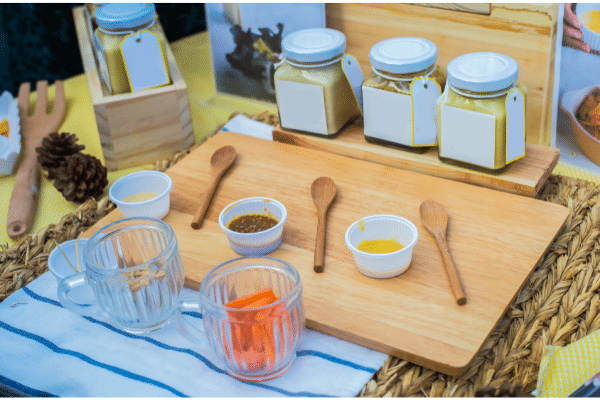Sensory analysis is increasingly used in the design and development of industrial products to improve them, ensuring their competitiveness in the market to which they belong. In this article we explain what sensory analysis consists of and its usefulness in product innovation and development.
What is sensory analysis?
It is a scientific method capable of providing objective information about the experience that consumers have in their relationship with products.
Sensory analysis has traditionally been used to assess the quality of foods and beverages, since it is a testing methodology that evaluates the sensory experience of products, such as aroma, flavor, appearance, texture, etc., in an objective and systematic way using the senses and recording perceptions analytically.
However, sensory analytics has proven to be useful in all types of industries, as it is used to evoke, measure, analyze and interpret the results of the characteristics of materials that are perceived through the senses of sight, smell, taste, touch and hearing.
The objective of carrying out a sensory analysis is to understand consumers’ perception of a product in order to improve it. For this reason, it is commonly used in the development phases to see the reaction they produce. For example, when designing a flavored water product, we can analyze from an interdisciplinary approach the sensory characteristics and their reception in the market before launch.
How to carry out a sensory analysis test with good practices
Sensory analysis is usually performed in specialized laboratories during the research and development phase. Generally, a consumer panel, that is a representative sample of selected individuals, is used to test products. Similarly, trained panelists may also be used for food tasting after their sensory capabilities have been examined.
The process of a sensory test consists of the following parts:
- Recruit panelists based on the desired criteria or data.
- Carry out sensory analysis tests.
- Analyze the results after completion of the test.
- Develop ideas and conclusions to create a report based on the results.
Benefits and usefulness of sensory analysis for product research and development
Industries are constantly coming up with new formulas and recipes to satisfy consumer desires. Sensory analysis is an unavoidable step to ensure that new products meet consumer expectations and to ensure the positioning of the new products compared to those of the competition.
They also serve to verify its stability or shelf life. This is because sensory components have the potential to boost the attractiveness of a food product, increase quality and satisfy the preferences of key consumer groups. Therefore, a sensory analysis of foods in particular, and products in general, will provide manufacturers with fundamental information in design research and design, development, marketing and commercialization strategies.
The usefulness of sensory analysis is multifaceted, as it can be used not only to ensure quality control, but also to determine shelf life, evaluate the new product and ensure its success. Similarly, food sensory analysis is essential for developing flavor profiles and identifying attributes that determine consumer preferences. These tests can be used to make important decisions about raw materials and can identify specific problems or defects using tests that are typical of forensic engineering and cannot be detected by other analytical techniques.
The use of sensory analysis to evaluate products provides valuable information that can be used to gain a competitive advantage over other brands. At Infinitia Research we excel in material innovation and product improvement. Contact the Infinitia team so we can offer you the best solution.





